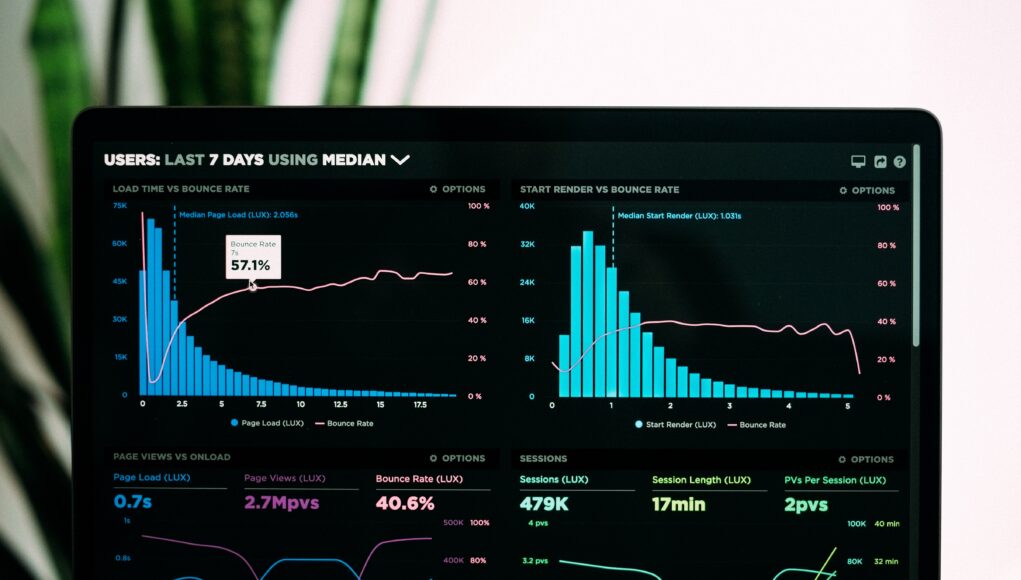The data analytics industry is quickly changing, with new emerging trends defining the sector. Business owners need to quickly observe what is happening in the data analytics industry to maximize the available trends that can help grow their organizations. Business owners who want to enhance the competitiveness of their organizations can make maximum use of the following emerging trends in data analytics.
Table of Contents
Data Democratization
Data democratization is making data accessible to everyone who needs it. It’s a term often used in the business world, and it’s becoming more prevalent as organizations strive to become more data-driven.
One of the main reasons data democratizations is becoming more popular is because it provides decision-makers with unlimited access to the information they need to make essential business decisions. Access to relevant and accurate data is becoming more critical for businesses that want to make well-informed decisions, so data democratization is considered a top trend in data analytics.
Analytics as a Service
The analytics as a service model improves the accessibility of analytical applications. The service model offers analytical applications that are integrated with a business’s existing architecture and can be scaled efficiently and quickly to meet the needs of different organizations. Businesses using analytics as a service model can also enjoy a low total cost of ownership, which is why this trend is becoming more popular in the data analytics industry.
Managing Data Lakes
One of the other top emerging trends in data analytics is managing data lakes. A raw data lake is a repository of all an organization’s data, and it can be used to store structured, unstructured, and semi-structured data. The main benefit of using a data lake is that it allows businesses to efficiently access and analyze their data.
With the increasing popularity of data lakes, businesses need to find an effective way to manage them. One of the best and unique ways to do this is by using automation tools that make it easier for organizations to ensure their data lake stays clean and optimized.
Edge Computing
Edge computing is another one of the top emerging trends in data analytics that businesses should be aware of. Edge computing uses network devices at the edge of a network to store and process data, helping businesses reduce latency and improve their overall data performance.
This means that edge computing is quickly becoming an essential aspect of the data analytics industry. With edge computing, businesses can make smarter and faster decisions in real-time.
Analytics Everywhere
The last top trend in data analytics is analytics everywhere. Analytics everywhere is the concept of making data-driven decisions in all aspects of the business. This trend is becoming more popular as businesses realize the importance of data in every decision.
To be successful with analytics everywhere, businesses need to clearly understand their data and how to use it to make better decisions. Additionally, businesses need to access data from all parts of the organization quickly and easily.
Composable Data Analytics
Composable data analytics is a new trend in the data analytics industry that allows businesses to quickly and easily combine different data sources to create a comprehensive view of their business. This trend is becoming more popular as businesses strive to become more data-driven.
Businesses that want to take advantage of composable data analytics need a data management platform that can easily connect to different data sources. Additionally, businesses need to have a team of data analysts who can help them understand and interpret the data.
What is the Role of NetBaseQuid in Data Analytics?
NetBaseQuid is a cutting-edge data analytics platform that helps businesses make better decisions by providing access to accurate and relevant data. NetBaseQuid offers a variety of features that make it easy for businesses to connect to different data sources, combine data, and interpret the data.














